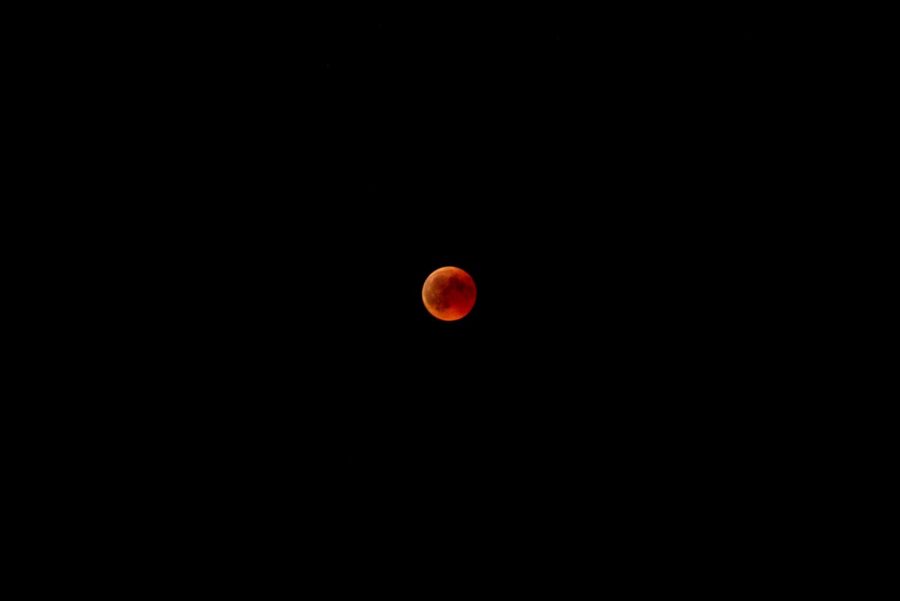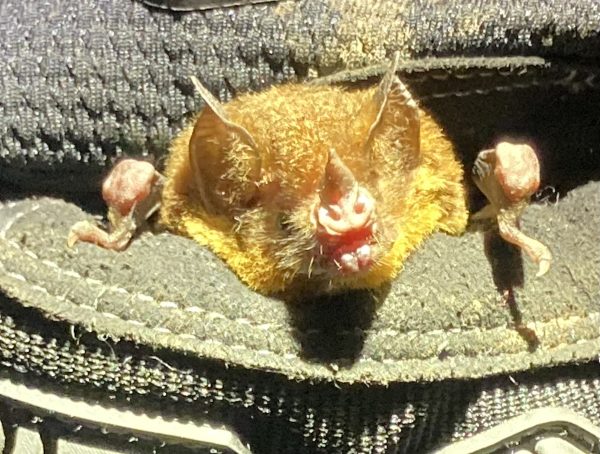NASA’s Newest Rover: Perseverance
A look inside NASA’s newest Mars rover, Perseverance.
April 25, 2021
The new and improved rover, Perseverance, was set to accomplish the mission “Mars 2020” on July 30th, 2020. The rover took off from the Cape Canaveral Air Force Station in Florida and has finally landed on Mars as of February 18th, 2021. After entering the atmosphere, the rover traveled through space for seven months at about one thousand miles per hour.
The rover is intended to remain on the Red Planet for one Mars year, or approximately 687 Earth days. The rover’s main job while on Mars is to try to detect forms of life or proof of ancient life on the planet. Perseverance will also be collecting different samples of rock and soil which it will bring back to Earth.
This rover has amazing features designs by NASA. It has six wheels to mobilize the rover, x-ray and ultraviolet spectrometers, zoomable panoramic cameras, a subsurface radar, and a laster micro-imager. Along with those professional gadgets, there is a weather station and moxie which produces oxygen from the Martian CO2. The rover is the size of a small car, reaching a weight of 2,200 pounds. It is about ten feet long, nine feet wide, and seven feet tall.
There have now been five successful rovers to reach mars: Sojourner, Opportunity, Spirit, Curiosity, and now Perseverance. This rover was thoroughly designed because it is the first rover to return to Mars since the Curiosity rover that landed in 2011. NASA utilized the information they learned about Curiosity and the other rovers in order to ensure that Perseverance would be perfect.
NASA has invested roughly 2.75 billion dollars into Perseverance and the Mars 2020 mission over the past 11 years. The breakdown of this investment is roughly 2.2 billion dollars for the development and physical building of the hardware, 243 million dollars for the launching services, and 291 million dollars for the mission operations occurring in the next 2 and a half years.
As of now, the rover has been exploring Jezero Crater, which is a dried-up lake that is about 28 miles wide. It will be facing tougher explorations than other rovers, giving it the name “Perseverance.” The rover has already gathered a total of 10,682 raw photos of its mission. NASA is optimistic that it will detect signs of past microbial life as they continue to watch the rover for the next 687 days.











